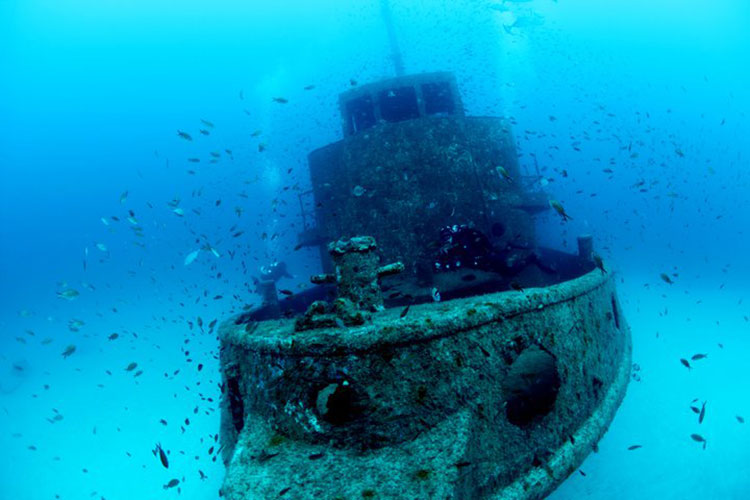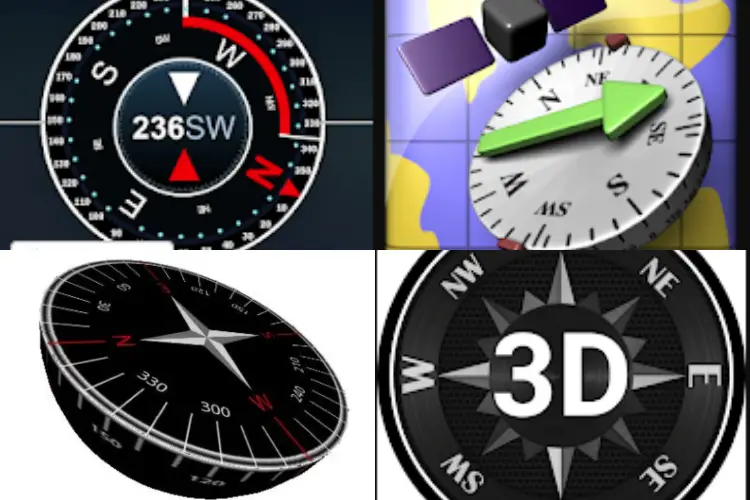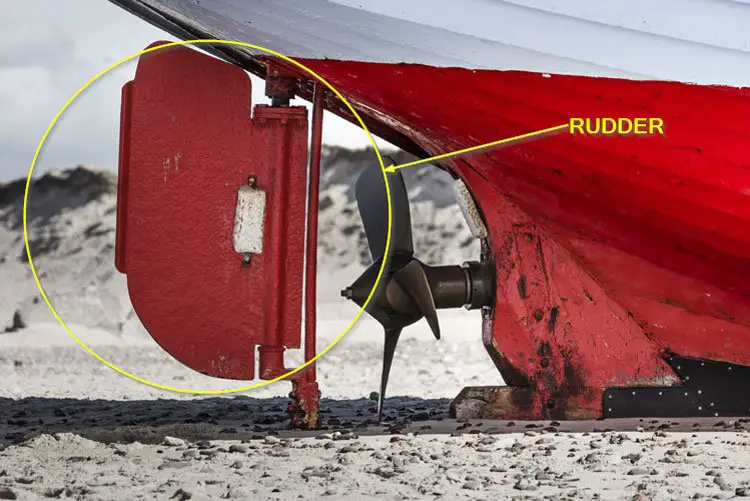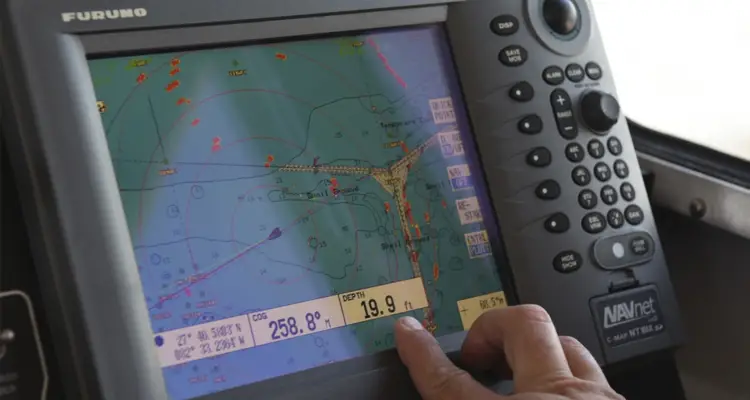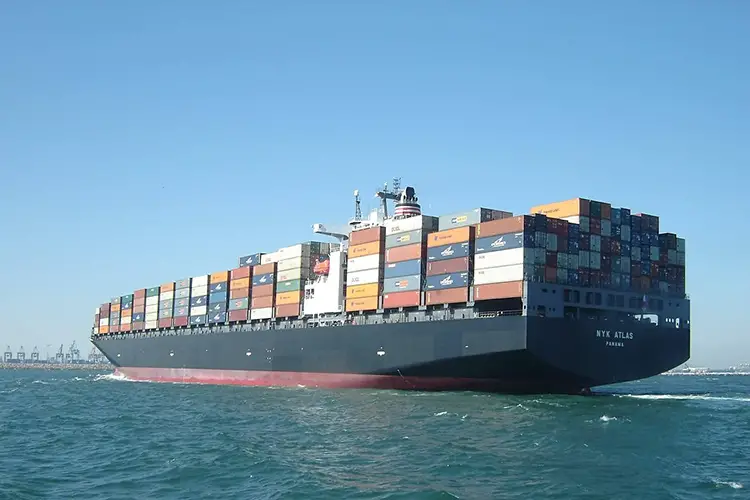15 Deepest Parts Of The Ocean
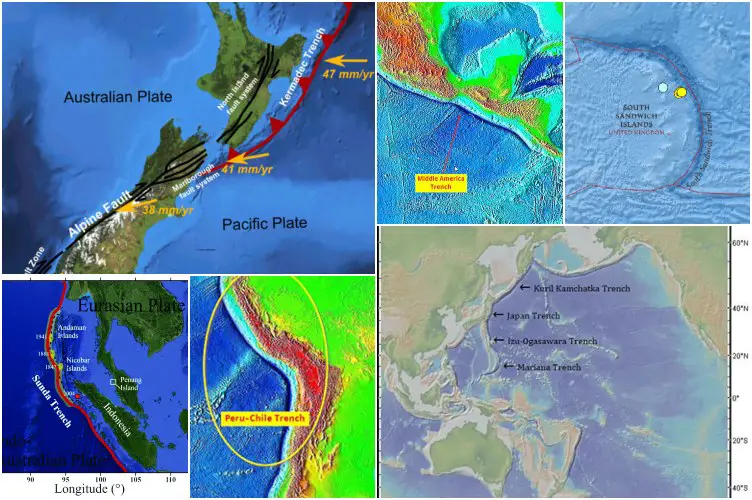
The earth is known as the ‘blue planet’ because of its blue appearance from space. This blue color obviously comes from the oceans on earth which comprise nearly 70% of the total surface of the planet. Oceans are an important field of research as they comprise currents, volcanoes, mountains, tectonic plates, shallow waters, deep trenches, etc. This article discusses the deepest parts of the ocean also known as Ocean Trenches on the surface of the earth, the tectonic plates that were responsible for their creation, and how they affect the regions nearby due to the many seismic activities that take place in them.
List of deepest parts of the ocean
The following are the ten deepest parts of the oceans of the earth.
1. Mariana Trench
The Mariana Trench, situated in the western part of the Pacific Ocean, is considered to be the deepest point on Earth. It would actually be more precise to say that the Challenger Deep in the Mariana Trench is the deepest point on the surface of the Earth.
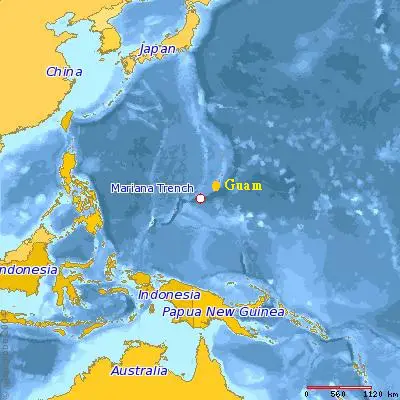
It is located at a distance of about 200 km east of the Mariana Islands.
On average, the Mariana Trench is 69 km in width and 2,550 km in length. Its maximum depth has been measured at 11,034 m in the Challenger Deep, though some studies have reported it to be 10,910 m deep.
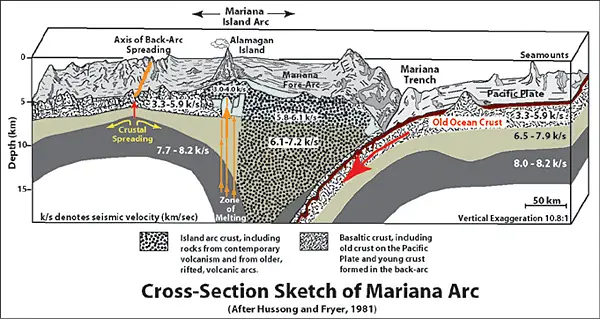
It is interesting to note that Mt. Everest, the tallest peak on Earth is made to stand in the deepest part of the Mariana Trench would still be covered with more than a mile of water.
The pressure at the bottom of the trench is about 1,086 bars. This value is more than a thousand times larger than the standard atmospheric pressure at sea level.
The convergence of the oceanic plates of the lithosphere has caused the deep holes in the Mariana Trench. A trough was formed from the flexure at the line of contact of the colliding planes. This was caused by one of the plains descend into the mantle. The high pressure at the seabed caused the density of the water at the bottom of the Mariana Trench to rise by 4.96%.
At the bottom of the trench, the temperature is quite constant, only ranging from about 1 degree Celsius to 4 degrees Celsius.
Several studies across the world report that microbial life forms exist within the trench.
2. Tonga Trench
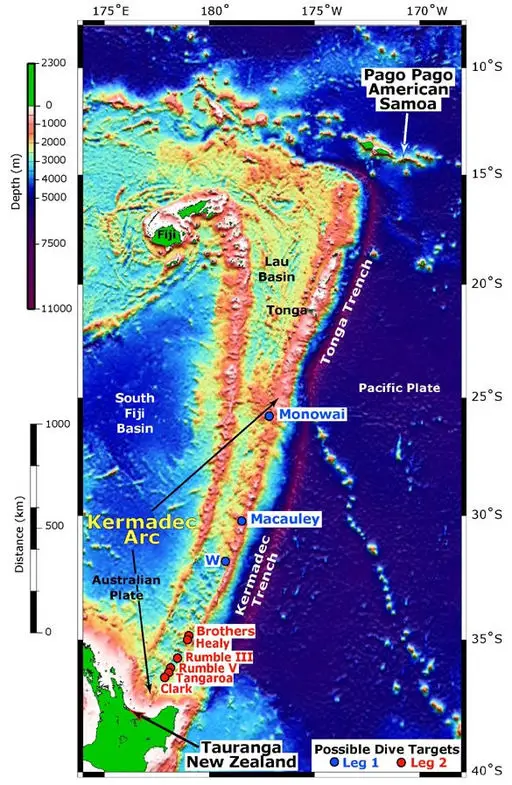
The Tonga Trench is known to be the second deepest natural trench on the earth. It is also the deepest natural trench in the Southern Hemisphere. It is located in the southwestern part of the Pacific Ocean at the Kermadec Tonga Subduction Zone’s northern end.
The Kermadec Ridge is the region between the Lau back-arc basin and the Tonga Trench. Its movement is independent of the Australian and Pacific plates. The region is divided into several smaller plates like Kermadec, Tonga, or Niuafo’ou. The plate called Tonga faces the Tonga Trench.
It is 10,882 m below sea level and its sediments are said to be the shelter for a community of roundworms.
It stretches at a distance of 2,500 km from New Zealand’s North Island, northeast to the island of Tonga. The deepest point in the trench is known as the Horizon Deep which as mentioned before is the deepest point on earth after the Challenge Deep. Horizon Deep is named after the research vessel called ‘Horizon’. The crew members of the ship discovered the deep in December 1952.
This trench experiences the fastest tectonic plate velocity on the earth. This velocity is being subducted towards the west direction in the trench. According to researchers, the large volcanoes formed in the Japan Trench, as well as the Mariana Trench, have been caused by these plate movements.
Also read: What is a waterspout?
3. Philippine Trench
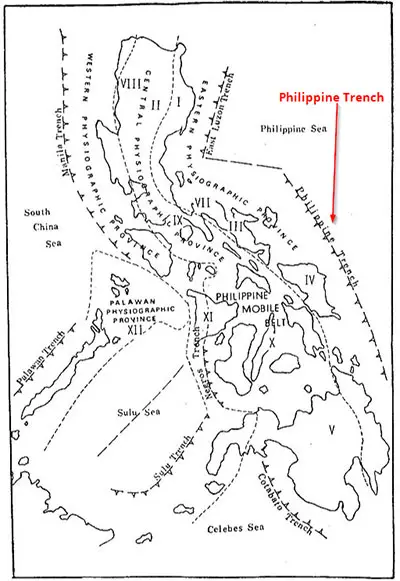
The Philippine Trench is a submarine trench that is a narrow but long trench, lying in the east of the Philippine coast, in the western Pacific Ocean. It is also known as the Mindanao Trench, Mindanao deep of Philippine Deep. Until 1970, it was thought to be the deepest point of the earth.
The length of the trench is approximately 1,329 km and its width about 30 km. It stretches from the center of the Luzon island of the Philippines to its southeast towards the north of the Maluku, Halmahera in Indonesia.
The deepest point of the trench is called the Galathea Deep which is located at a depth of 10,540 meters under the sea. This makes it the third deepest point on the entire earth.
The trench was formed as a result of a collision between the Eurasian Plate and the smaller Philippine plate about 8.9 million years ago.
Many seismic activities have been recorded in this region, most of which have had a magnitude of more than 7.2 on the Richter Scale. The most recent of these earthquakes took place in 2012. It had a magnitude of 7.6. One of the largest recorded magnitudes of earthquakes in the region was 8.2 which was of an earthquake that took place in 1924 and is considered among the largest in history.
Other notable trenches located in the Philippine Sea are the Sulu Trench, the Manila Trench, the East Luzon trench, the Negros Trench, and the Cotabato trench.
4. Kuril-Kamchatka Trench
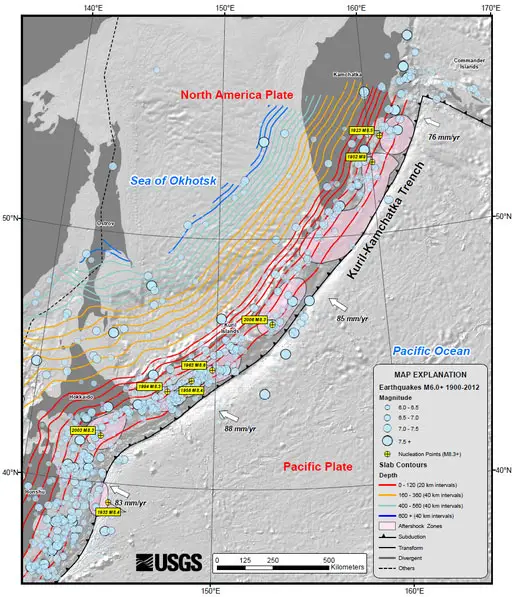
The Kuril-Kamchatka Trench is a trench lying in the north-western part of the Pacific Ocean. It is also called the Kuril Trench.
It is located in the southwest of the clast of Kamchatka paralleling the Kuril Island chain till the Japan Trench lying in the east of Hokkaido. It extends from a part of the ocean in Russia called the Commander Islands to its southwest, near the Japan trench.
The tectonic plate called the Pacific plate is still subducting beneath the Okhotsk Plate at the very region of the Kurile-Kamchatka Plate.
It has a depth of 10,500 m below sea level and is regarded as the fourth deepest point on the entire planet earth. It was formed as a result of subduction millions of years ago. It is believed that the same subduction was responsible for forming the Kuril and the Kamchatka arcs. The region experiences very high volcanism. It has caused many disastrous earthquakes in history which have had magnitudes as high as 9.0 on the Richter Scale, most of them taking place in the region of Kamchatka itself.
The most recent one of these earthquakes took place on 18 July 2017 in Kamchatka. It had a magnitude of 7.8.
Also read: Interesting facts about Suez Canal
5. Kermadec Trench
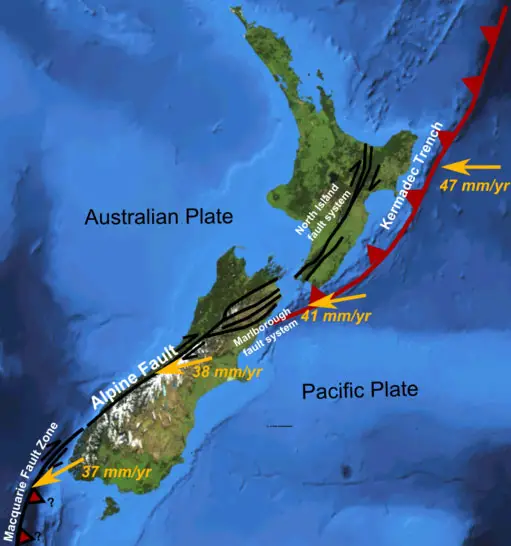
The Kermadec Trench is an oceanic trench lying in the southern part of the Pacific Ocean. It stretches from around 1,000 km between the Louisville Seamount Chain in the North and the Hikurangi Plateau in the South. The Louisville Seamount Chain and the Hikurangi Plateau both lie in the southeast of the North Island in New Zealand. It is regarded as the fifth deepest point on the planet.
The trench has a maximum depth of 10,047 m, and a length of nearly 2000 km.
It was formed due to the subduction of the Pacific plate under the Indo-Australian Plate. It is was formed as a result of the same subduction that is continued by the Tonga Plate towards the north.
The trench happens to be home to various different types of species including an amphipod that is one of the largest in the world. They are approximately 34 cm long and are found at the bottom of the trench. In addition to this, different other aquatic species like the Hadal Snailfish, the Notoliparis kermadecensis, and a species of pearlfish have been seen here.
A few years ago, an unmanned submarine was sent to conduct explorations in the Kermadec trench. Unfortunately, it could not withstand the extreme pressure at 9,990 meters depth and imploded. Various news channels covered it.
6. Izu-Ogasawara Trench
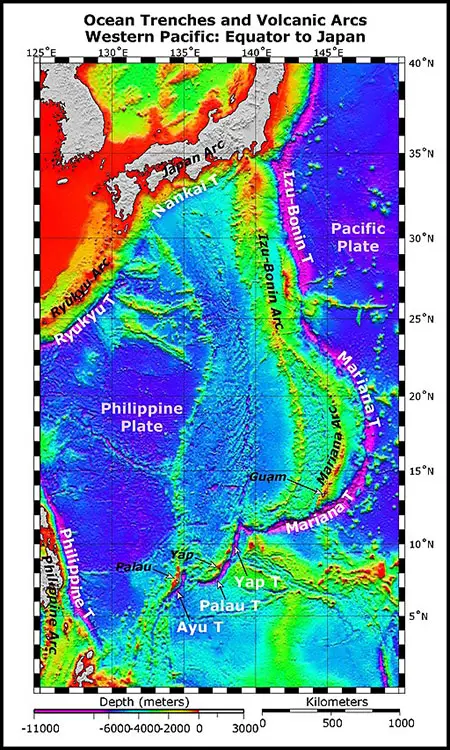
The Izu-Ogasawara Trench is an oceanic trench which is located in the western part of the Pacific Ocean. It is also known as the Izu-Bonin Trench. It stretches from Japan to the northern section of the Mariana Trench. It is also an extension of the Japan Trench which comes next in our list.
It consists of two trenches namely the Izu Trench at the north and the Bonin Trench at the south. The Bonin Trench lies at the west of the Ogasawara Plateau. The trench has hence named the way it is. It is one of the deepest trenches on the entire planet.
This trench too, like most of the deepest trenches in the world, experiences high tectonic plate activity. In this region, the Pacific plate is subducting beneath the Philippine Sea Plate resulting in the creation of the islands of Izu and Bonin lying on the Izu-Bonin-Mariana Arc system which is more than 2,800 m in length.
At its deepest point, the trench lies 9,780 m under the sea making it the sixth deepest place on earth.
7. Japan Trench
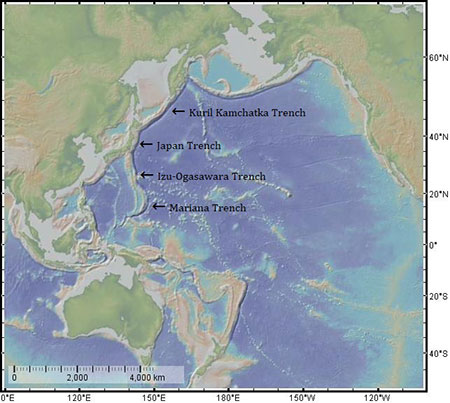
The Japan Trench is an oceanic trench lying in the Northern Pacific Ocean in the Pacific Ring of Fire. It is located at the northeast of Japan. The Japan Trench stretches from the Kuril Islands to the Bonin Islands and is also an extended portion of the Kuril-Kamchatka Trench and the Izu-Ogasawara Trench to the north and south respectively.
At its deepest point, the trench lies at 9000 m under the sea, making it one of the deepest trenches on the entire planet.
This trench was created as a result of the subduction of the oceanic Plateau plate beneath the continental Okhotsk plane. The deep trench was created due to the bending of the plate which was going down. The ongoing subduction of the plates is one of the primary reasons for the occurrences of tsunamis on the island of Japan. It experiences great seismic activities, causing frequent earthquakes of large magnitudes.
The most recent of these earthquakes took place on 11 March 2011 in Japan. It has a magnitude of about 7.9 on the Richter Scale.
Also read: Astounding Facts About The Black Sea
8. Puerto Rico Trench
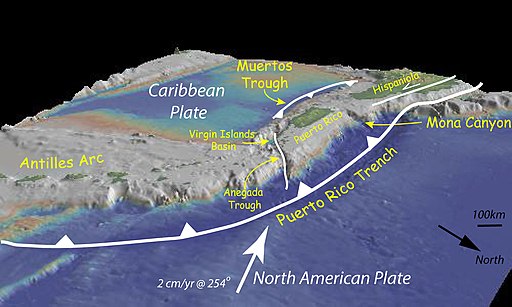
The Puerto Rico Trench is an oceanic trench located in the Atlantic Ocean. It is actually located at the boundary of or rather between the Caribbean Sea and the Atlantic Ocean. The Puerto Rico Trench is the 8th deepest point on the surface of the earth. This trench lies at a depth of 8640 m with Milwaukee Deep as its deepest point. It is also the deepest point on the Earth which does not lie in the Pacific Ocean.
The location of the trench is at the boundary of two plates namely the Caribbean Plate and the North American Plate. The Caribbean Plate is moving towards the east while the North American Plate is moving towards the west, hence forming a subduction zone where the Caribbean Plate is obliquely subducting the North American Plate. This explains the presence of several active volcanoes in the southeastern part of the Caribbean Sea. The islands in this region experience very strong volcanic activities.
The places like Puerto Rico, Dominican Republic, United States Virgin Islands, etc. are constantly at risk of getting struck by earthquakes and tsunamis of high magnitudes.
It stretches for a length of 800 km. This trench accounts for many of the tsunamis and earthquakes of this region. In 1964, the French bathyscaphe Archimedes first tried to explore the sea floor. Later in 2012, a robotic vehicle was sent to the trench to do research on the characteristics of the trench. Since then several expeditions have been carried out in an attempt to map the region.
Also read: What Is The Great Blue Hole Of Belize?
9. South Sandwich Trench
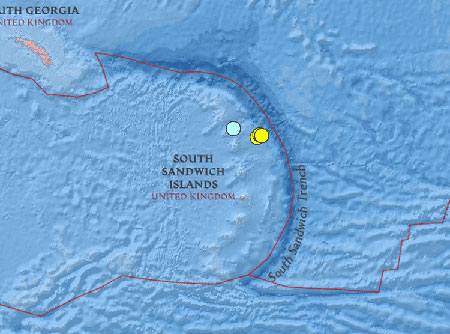
The South Sandwich Trench is an oceanic trench lying in the Atlantic Ocean. Some of the parts of the trench also lie in the Southern Ocean as it stretches till far. In fact, the trench contains the deepest point in the Southern Ocean which lies 7,235 m under the sea.
The South Sandwich Trench is one of the deepest trenches in the Atlantic Ocean, second only to the Puerto Rico Trench and is also the 9th deepest point on the surface of the earth. It is located 100 m to the east of the South Sandwich Islands and is hence named after them.
The deepest point of the trench is called the Meteor Deep and it is at a depth of 8,420 m under the sea. Meteor Deep lies 120 km off the northeast of Zavodovski Island. The trench is 965 km in length.
The subduction of the South American Plate’s southernmost portion under the small South Sandwich Plate resulted in this trench. The South Sandwich trench also happens to be linked to an active volcanic arc.
10. Peru–Chile Trench
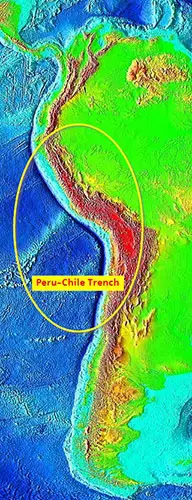
The Peru-Chile trench is an oceanic trench that lies in the Eastern part of the Pacific Ocean. It is located around 160 km off the coast of Peru and Chile. It is also known as the Atacama Trench.
The deepest point of the trench is called the Richards Deep which is 8,065 m deep making it the tenth deepest point on the surface of the earth.
The trench has a length of nearly 5,900 km and a width of 64 km.
The convergence of the boundary between the subducting Nazca and the South American plates led to the formation of the Atacama Trench.
The trench is also associated with a lot of earthquakes which are a result of the subduction of the Nazca Plate below the South American Plate. In fact, one of the largest earthquakes ever recorded on earth took place in this region and it has a magnitude of 9.5 on the Richter scale. The most recent earthquake in this region took place Illapel in 2015 and it had a magnitude of 7.0.
We have discussed the 10 deepest trenches in the earth’s oceans. However, these are not the only existing deep trenches. There are hundreds of them. Following are some more notable ocean trenches on the surface of the Earth:
11. The Diamantina Trench
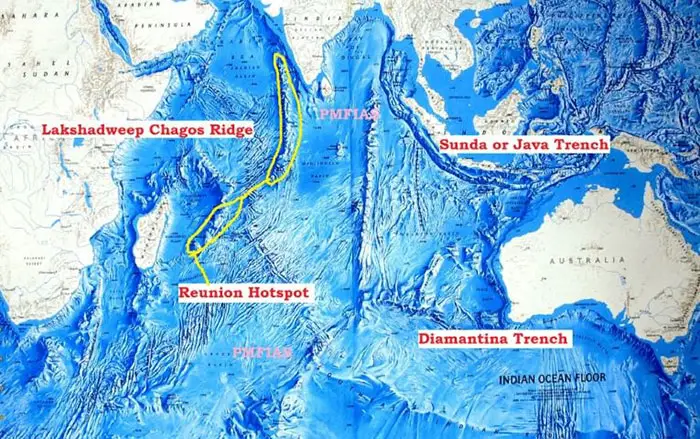
When Australia and Antarctica drifted apart, fracture zones in the earth’s crust were created. The Diamantina Trench is one of these fractures. It lies off the southwestern tip of the continent of Australia. With a maximum depth of nearly 8,050 m, it is the eleventh deepest trench on the surface of the earth. It is also one of the deepest points of the Indian Ocean. The peak of Mount Everest would form an island of a maximum elevation of 900 m if its base was at the same depth.
12. Cayman Trough
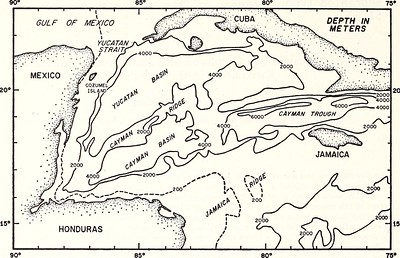
The Cayman Trough or the Cayman Trench is an oceanic trench lying on the floor of the western part of the Caribbean Sea. It lies between the islands of Jamaica and the Cayman Islands after which it has been named. With a maximum depth of 7,686 m, it is one of the deepest points on the surface of the earth. It is the deepest point of the Caribbean Sea. It also forms a part of the tectonic boundary lying between the regions of the Caribbean Plate and the North American Plate.
13. Yap Trench
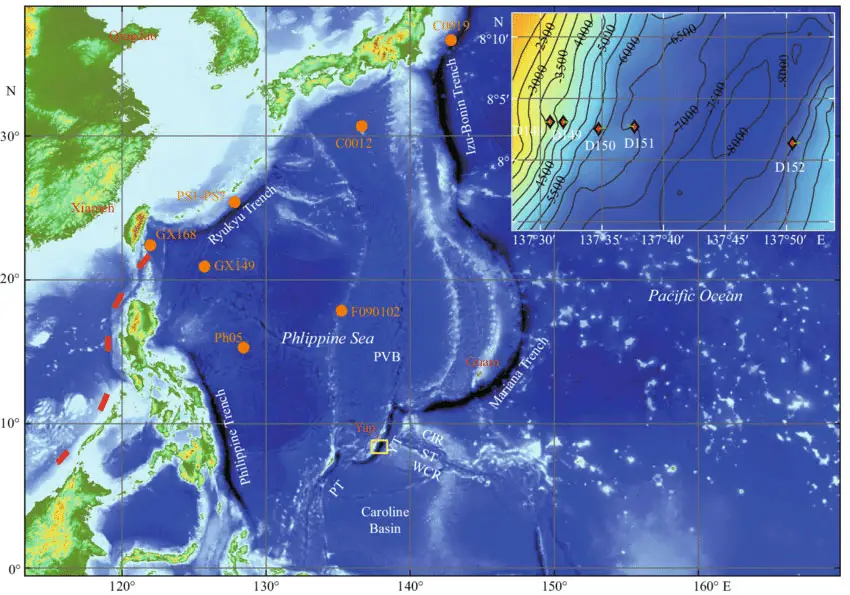
The Yap Trench is an oceanic trench lying in the western Pacific Ocean near the Yap Islands. It lies between the Palau Islands and the Mariana Trench. It is a part of the Pacific Ring of Fire. It has a length of 650 km. At its deepest point, it is 8,527 m deep, making it one of the deepest points on earth. It is a part of the chain of trenches between the southwestern edge of the Bering Sea and the southern tip of the Philippine Trench.
14. Middle America Trench
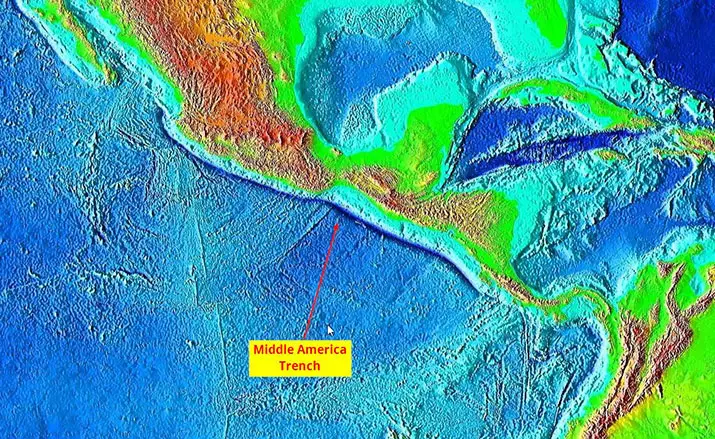
The Middle America Trench is an oceanic trench and a subduction zone lying off the coast of middle America in the eastern part of the Pacific Ocean. It stretches from central Mexico to Costa Rica. The length of this trench is 2,750 km while its depth is 6,669 m at its deepest point. This makes it one of the deepest parts of the earth’s crust. It is the eighteenth deepest trench in the world. This region is prone to many earthquakes having experienced several large ones in the past decades.
15. Sunda Trench
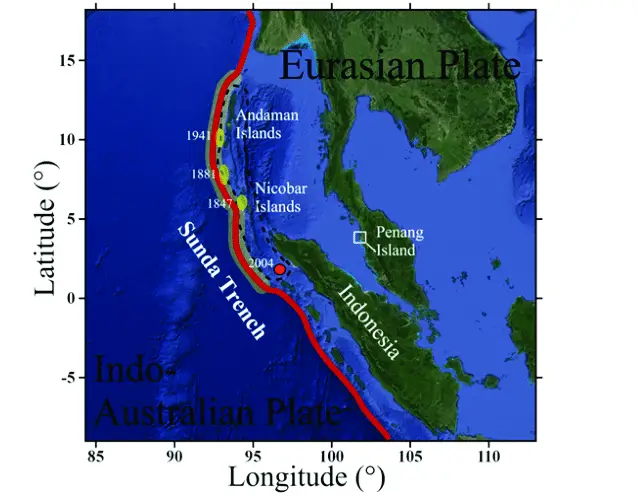
The Sunda Trench or the Java Trench is an oceanic trench lying near Sumatra in the Indian Ocean. It is formed at the place where the subduction of the Australian-Capricorn Plate under a part of the Eurasian Plate takes place. The length of the trench is 3,200 km while its depth is 7,725 m. It is one of the deepest points of the Indian Ocean and the earth’s crust. This trench is a part of the Pacific Ring of Fire as well as the ring of oceanic trenches lying around the north Australian Plate. This region is prone to tsunamis and a tsunami warning system has also been established here.
Also read: Top 12 Most Famous Sunken Ships


